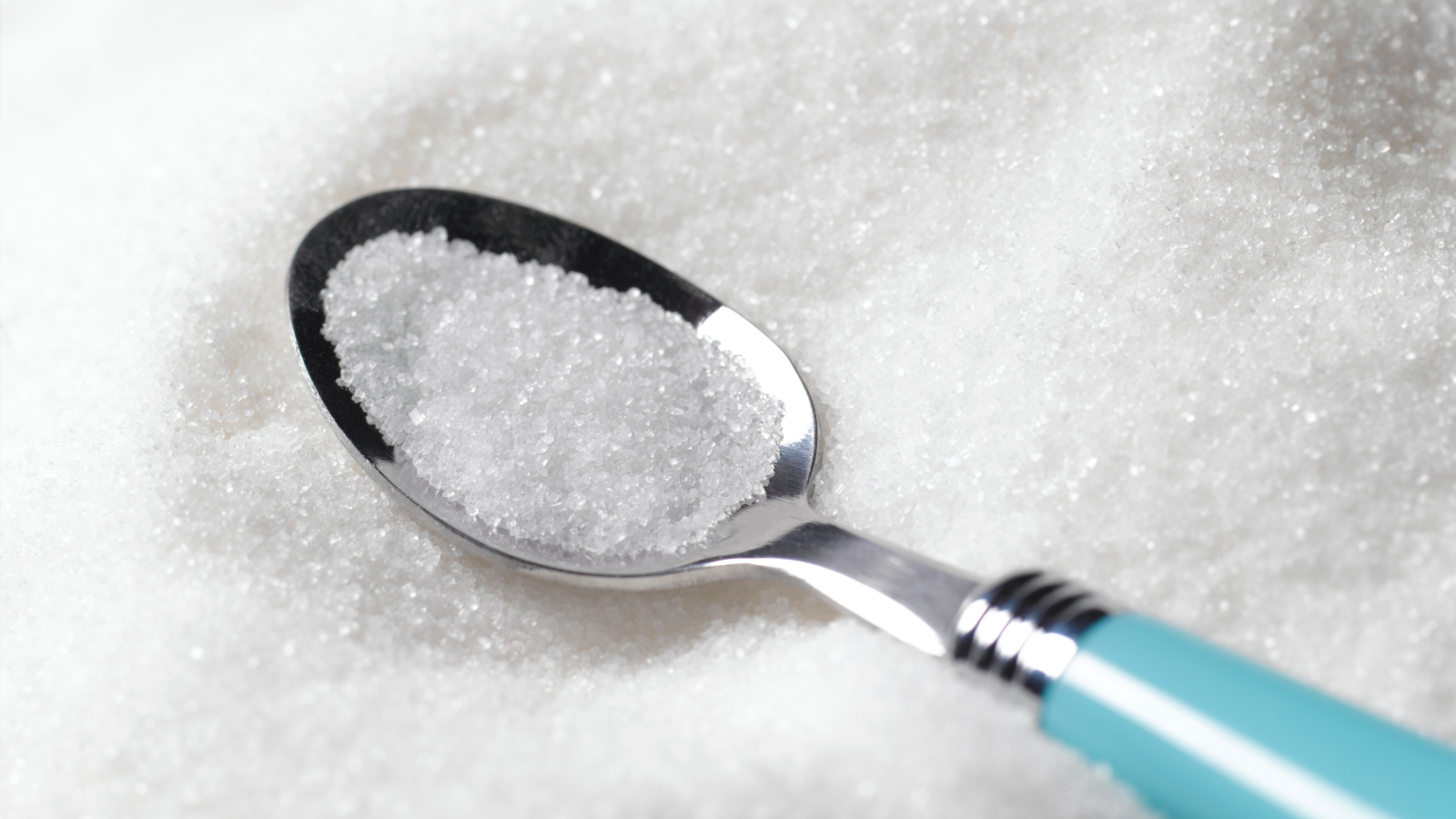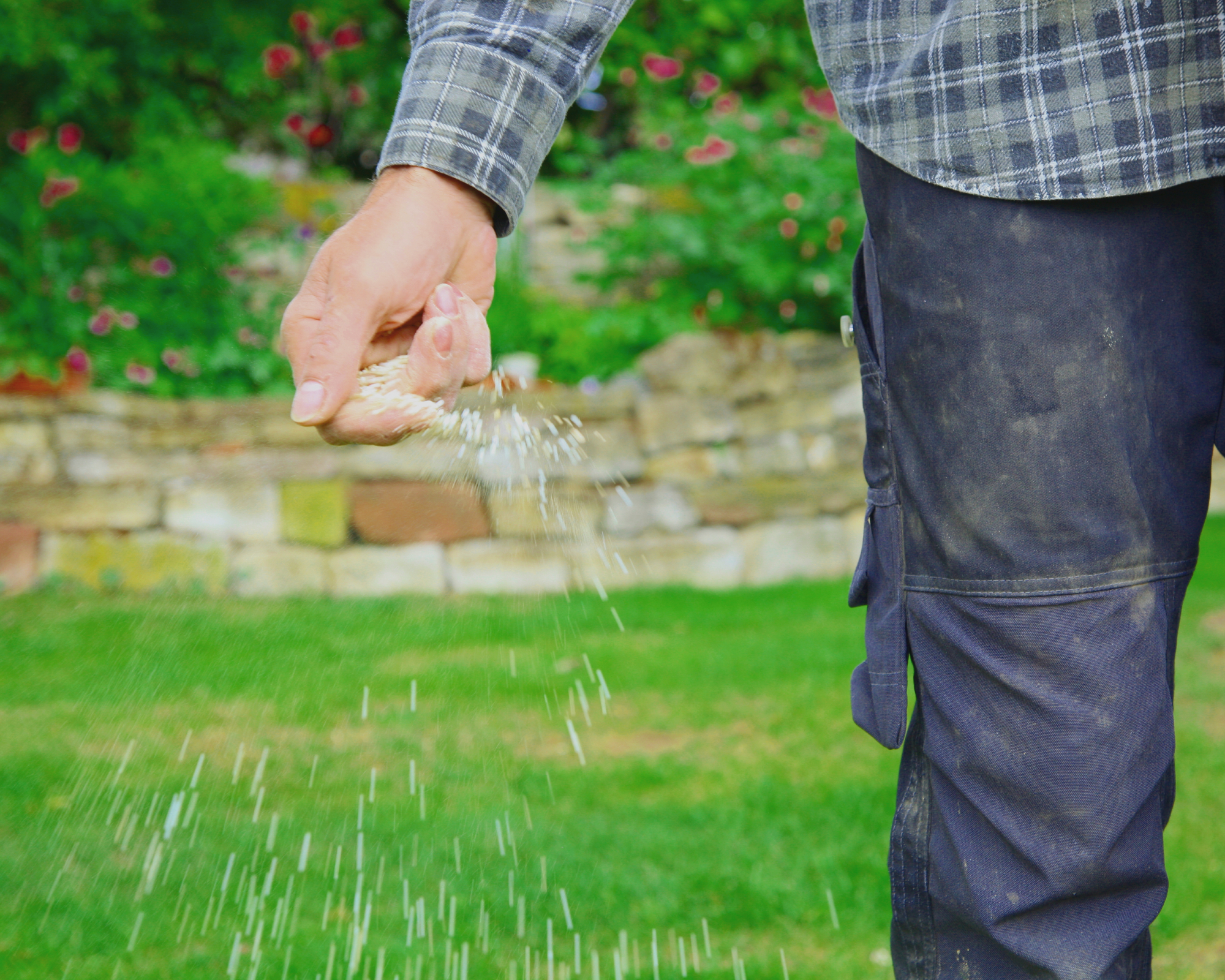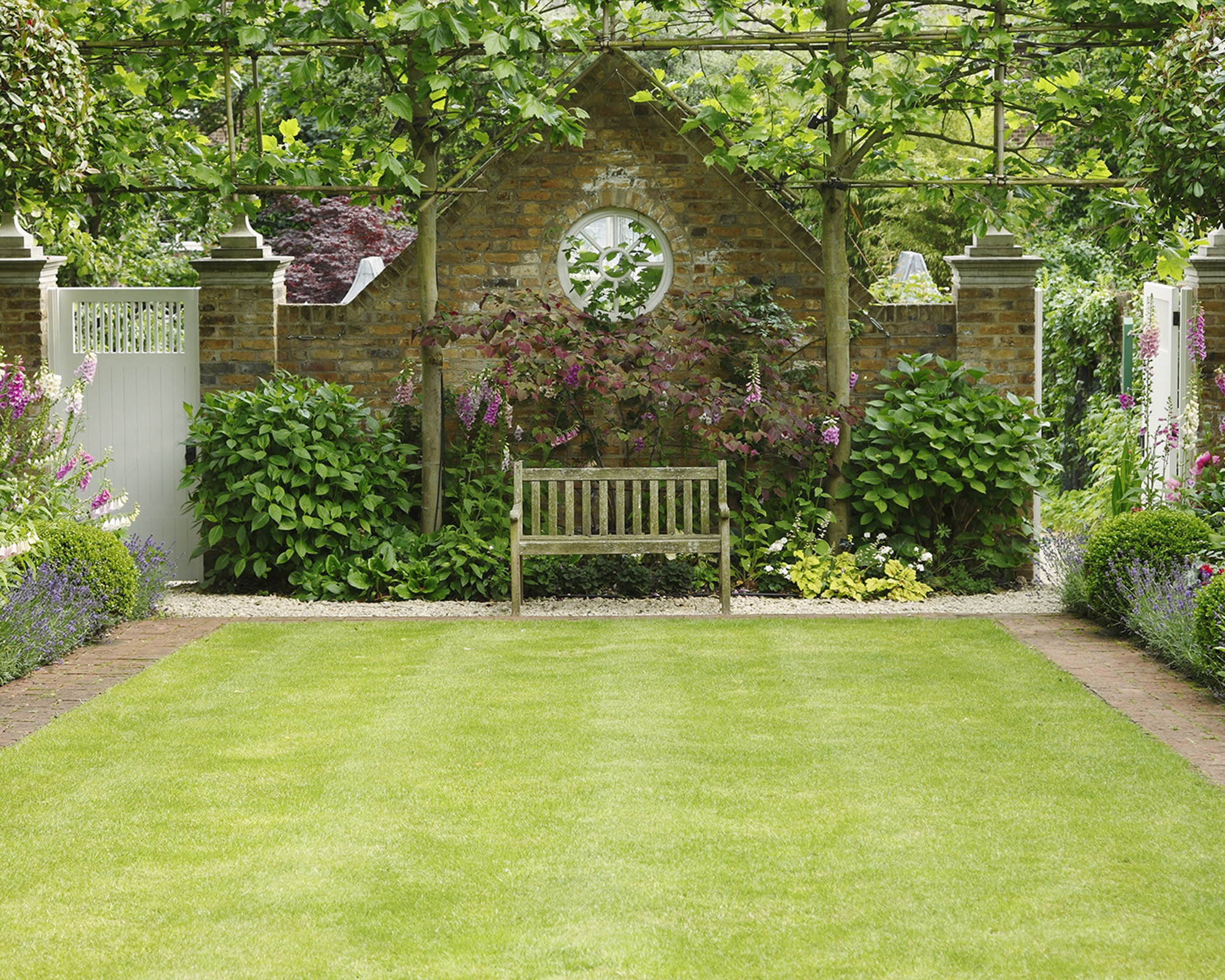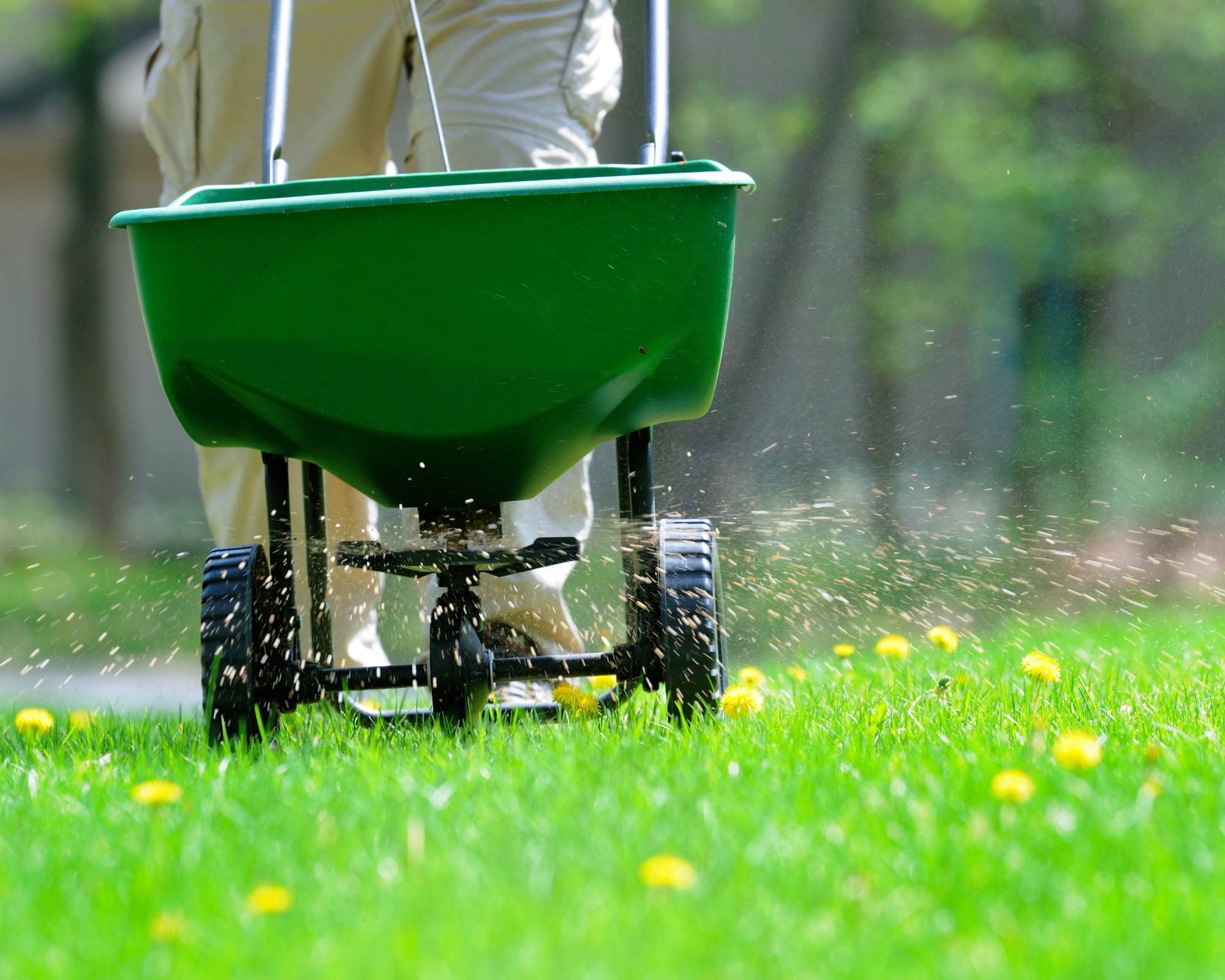Is Sugar The Secret To A Lush And Healthy Lawn? A Former Scientist And Longtime Gardener Weighs In
This lawn care hack sounds pretty sweet. But is it too good to be true? A former scientist turned garden expert digs into the facts behind this viral trend.


A lush, green lawn is the goal of many homeowners and gardeners. Even in the heat of summer, it’s possible to maintain a green space with the right applications of fertilizer, weed killer, and plenty of water. But many gardeners want a more natural solution.
A so-called expert hack has been circulating the internet recently, recommending that homeowners use plain white table sugar to achieve a lush lawn. If it works, it’s an ideal natural fix. But is this surprising tip true or just another lawn care myth?
What Is the Sugar Lawn Hack?
The idea behind this gardening hack is that applying sugar to your lawn has several benefits. These include supporting grass growth, controlling weeds, and even breaking down thatch that can impede grass.
Sugar doesn’t directly feed grass. Grass, like all green plants, makes its own sugar through the process of photosynthesis. Grass won’t use applied sugar in the same way it would use fertilizer.
Instead, the sugar feeds the microbes in the soil and boosts their activity levels. Microbes then break down organic matter, making nutrients more available to the grass. Sugar acts as an indirect type of lawn fertilizer.

It’s this boost in microbe activity that supposedly helps remove thatch. A robust microbe population should tackle the thatch, break it down more quickly, and allow grass to grow better.
Finally, sugar on the lawn is supposed to kill weeds or at least suppress their growth. Broadleaf weeds in lawns need a lot of nitrogen to thrive. Boosted microbial activity in the lawn takes up a lot of nitrogen and would, in theory, starve the weeds without harming the grass.
Sign up for the Gardening Know How newsletter today and receive a free copy of our e-book "How to Grow Delicious Tomatoes".
Another reason why using sugar to kill weeds might work is because sugar can potentially support strong grass growth, allowing the grass to take over and outcompete the weeds.
Does Sugar on the Lawn Actually Work?
There is some controversy surrounding the sugar lawn hack. The main question gardeners want answered is, “Does it actually work?” The consensus from experts is that, yes, this homemade lawn fertilizer can do some of the things the internet claims.

There are some caveats, of course. First, don’t expect this to be a quick fix or a miracle answer that will transform a poorly growing lawn into a lush oasis. Experts suggest that it can boost microbial activity and create a healthy, nutrient-cycling soil environment that supports grass over weeds.
On the other hand, sugar is not a fertilizer substitute. It will not supply your grass with all the necessary nutrients. If you want to try the sugar trick, use it as a supplement to fertilizer, not a replacement.
Finally, one potential issue of sugaring your lawn is fungal growth. Sugar supports fungus, which can quickly become an issue in the lawn. If you’re using sugar, check the lawn regularly for fungus or use it with a 2-in-1 fungicide and fertilizer, like this one from Scotts on Amazon. Fungus is more likely to be an issue in lawns or areas of lawns that get more shade than sunlight.
How to Use Sugar on Your Lawn
Using sugar can be as simple as using a broadcast spreader, like this one from Amazon. Use regular, white table sugar and apply about 5 pounds (2.26 kg) per 1000 square feet (92.9 m) of lawn. You don’t have to do this often. Apply sugar once in spring, again at the height of summer, and once more in the fall.

Water the lawn after applying the sugar to help it soak into the soil where microbes can access it. As an alternative, you can find sugar-based lawn fertilizers, like this pet and people-safe natural grass food from Scotts on Amazon, that includes molasses to feed soil microbes.
Not all online trends or hacks are valid, so it’s smart to question them. Putting sugar on your lawn seems simple, but it's also a little unusual. Though there are other ways to fertilize your lawn cheaply with household items, so it's not unheard of.
The experts generally agree that the sugar lawn hack can be useful, but it’s not a quick fix. And if you try out this trick, be sure to watch for fungus that can ruin your lawn if you’re not careful.

Mary Ellen Ellis has been gardening for over 20 years. With degrees in Chemistry and Biology, Mary Ellen's specialties are flowers, native plants, and herbs.